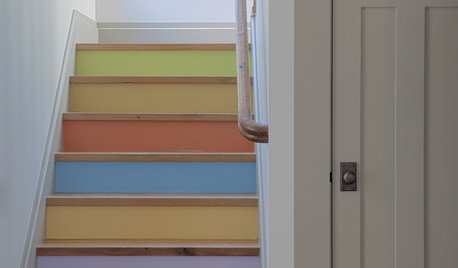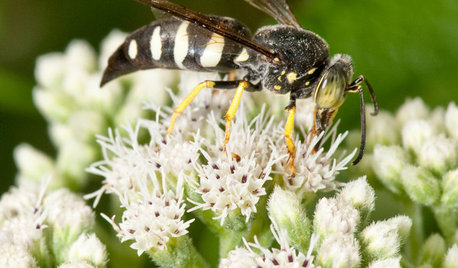Help! My very small yard is very bad
shuffs
9 years ago
Related Stories

FEEL-GOOD HOME12 Very Useful Things I've Learned From Designers
These simple ideas can make life at home more efficient and enjoyable
Full Story
SMALL SPACESDownsizing Help: Think ‘Double Duty’ for Small Spaces
Put your rooms and furnishings to work in multiple ways to get the most out of your downsized spaces
Full Story
CURB APPEAL7 Questions to Help You Pick the Right Front-Yard Fence
Get over the hurdle of choosing a fence design by considering your needs, your home’s architecture and more
Full Story
DECORATING GUIDESBudget Decorator: 16 Fab Spring Updates for Very Little Green
Turn your fancy to low-cost enhancements this spring, for a freshly decorated home you'll fall in love with
Full Story
DECLUTTERINGDownsizing Help: Choosing What Furniture to Leave Behind
What to take, what to buy, how to make your favorite furniture fit ... get some answers from a homeowner who scaled way down
Full Story
SMALL SPACESDownsizing Help: Storage Solutions for Small Spaces
Look under, over and inside to find places for everything you need to keep
Full Story
PETSHow to Help Your Dog Be a Good Neighbor
Good fences certainly help, but be sure to introduce your pup to the neighbors and check in from time to time
Full Story
BATHROOM DESIGNKey Measurements to Help You Design a Powder Room
Clearances, codes and coordination are critical in small spaces such as a powder room. Here’s what you should know
Full Story
GARDENING GUIDESSand Wasps Keep True Bugs in Check and Help Pollinate Summer Flowers
Look for these solitary wasps nesting in sandy sites and foraging on flowers in July and August
Full Story
PETS6 Ways to Help Your Dog and Landscape Play Nicely Together
Keep your prized plantings intact and your dog happy too, with this wisdom from an expert gardener and dog guardian
Full StoryMore Discussions







dchall_san_antonio
forsheems
Related Professionals
Tempe Landscape Architects & Landscape Designers · Eden Prairie Landscape Architects & Landscape Designers · Franconia Landscape Architects & Landscape Designers · Roxbury Crossing Landscape Architects & Landscape Designers · Manchester Landscape Contractors · Bergenfield Landscape Contractors · Bloomington Landscape Contractors · Boca Raton Landscape Contractors · Cockeysville Landscape Contractors · Desert Hot Springs Landscape Contractors · Middletown Landscape Contractors · Northport Landscape Contractors · South Farmingdale Landscape Contractors · Citrus Heights Swimming Pool Builders · Orangevale Swimming Pool Builderstimtsb
shuffsOriginal Author
forsheems
dchall_san_antonio